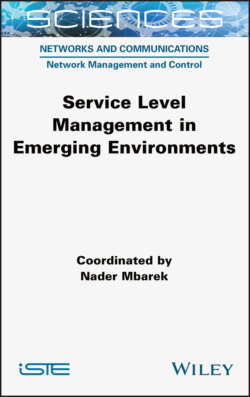Читать книгу Service Level Management in Emerging Environments - Nader Mbarek - Страница 12
1.1. Introduction
ОглавлениеThe Internet of Things (IoT) is now an integral part of our daily life. By 2020, there will be over 20 billion connected digital and electronic devices, which works out to about two devices per human being on Earth (Nordrum 2016). The IoT will thus have a significant impact on human life and will improve quality of life. The future growth of the IoT will lead to advanced use of technology in order to facilitate accomplishing daily human tasks. Consequently, improving corresponding services is an important challenge that must be faced in order to allow the expansion of this environment. In this context, it is expected that there will be a better user experience that will make up for the limitations experienced when using IoT services. User experience may translate to a service level that includes the expected Quality of Service (QoS) and also the expected level of security and privacy offered by the IoT environment. The objects connected to the IoT have certain restrictions in terms of memory, computing capacity and energy consumption. However, existing QoS security and privacy protection mechanisms do not take these constraints into consideration. Thus, it is primordial that we design and develop new QoS and security mechanisms or adapt and improve existing mechanisms in the context of the IoT.
In this chapter, we will first introduce, in section 1.2, definitions related to the IoT environment. We will then describe, in section 1.3, the architectures proposed by different standardization bodies and the fields of application of the IoT. section 1.4 introduces security management as well as the management of privacy protection in the IoT through the motivations, challenges and different security services that must be considered in this kind of environment. section 1.5 describes QoS management by highlighting the needs and requirements of every layer of the IoT architecture in terms of QoS as well as the proposed QoS mechanisms that will respond to these. section 1.6 defines our framework using a three-layer IoT architecture and a QoS-based access mechanism concerning the lowest level of this architecture. Finally, section 1.7 presents conclusions and perspectives related to service level management in an IoT environment.
